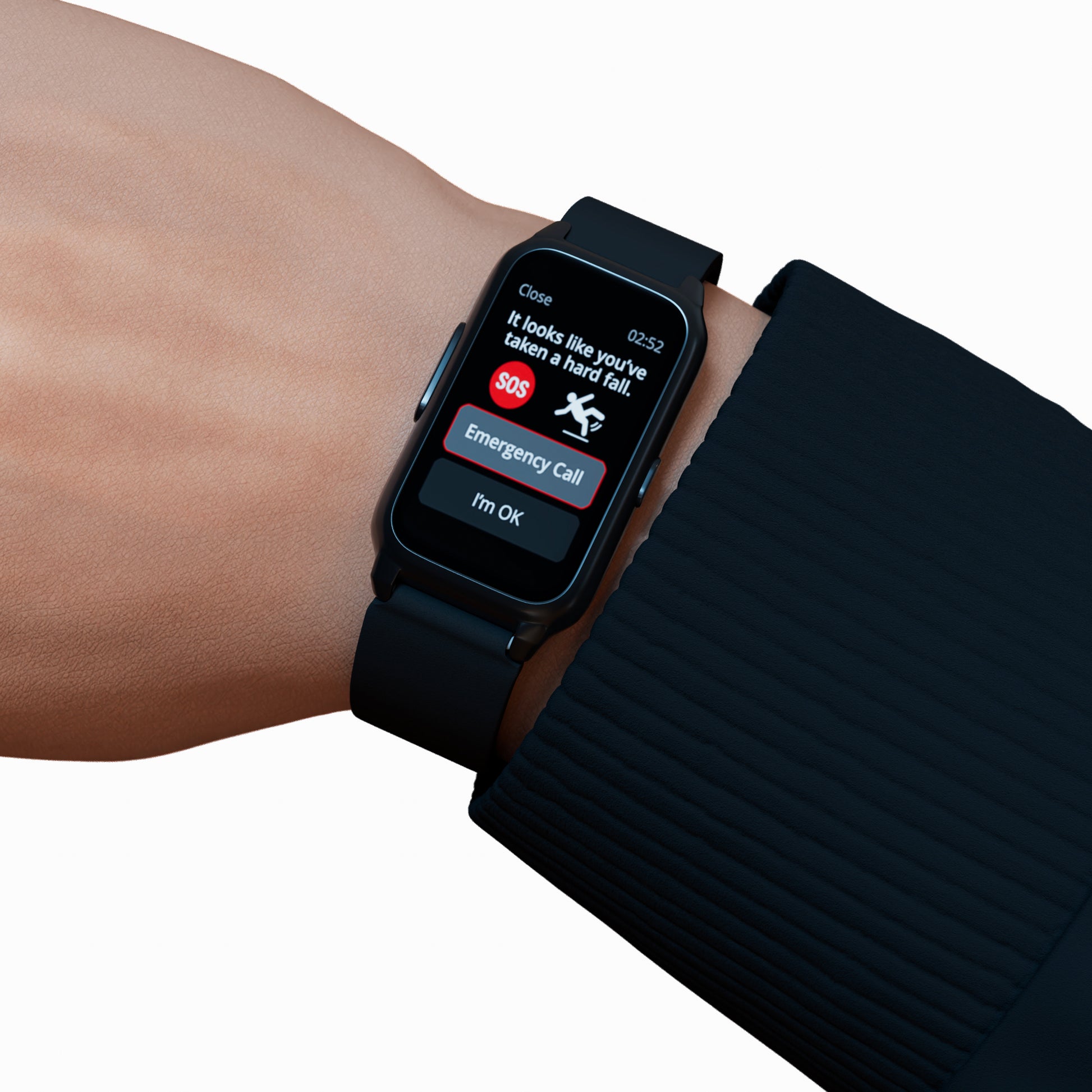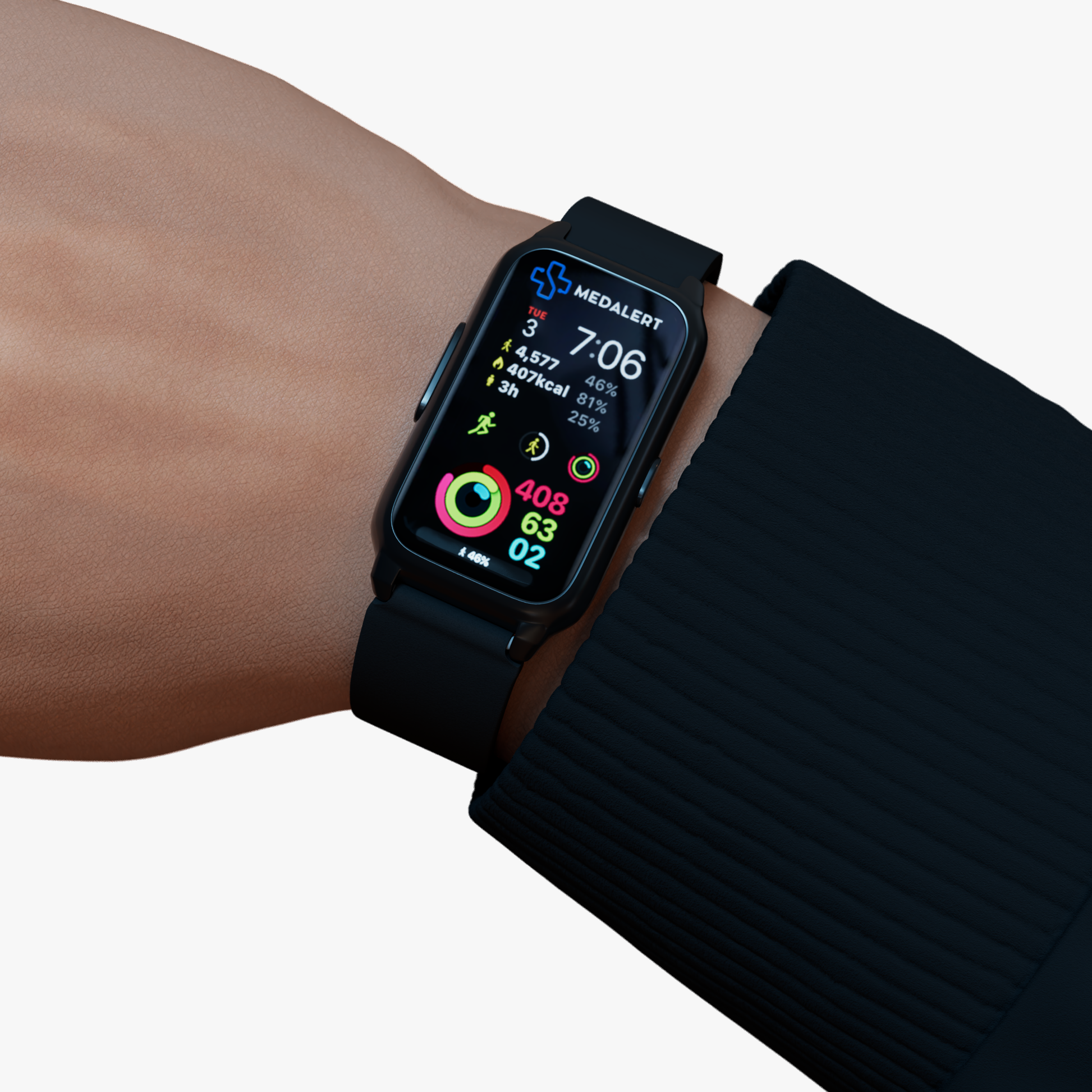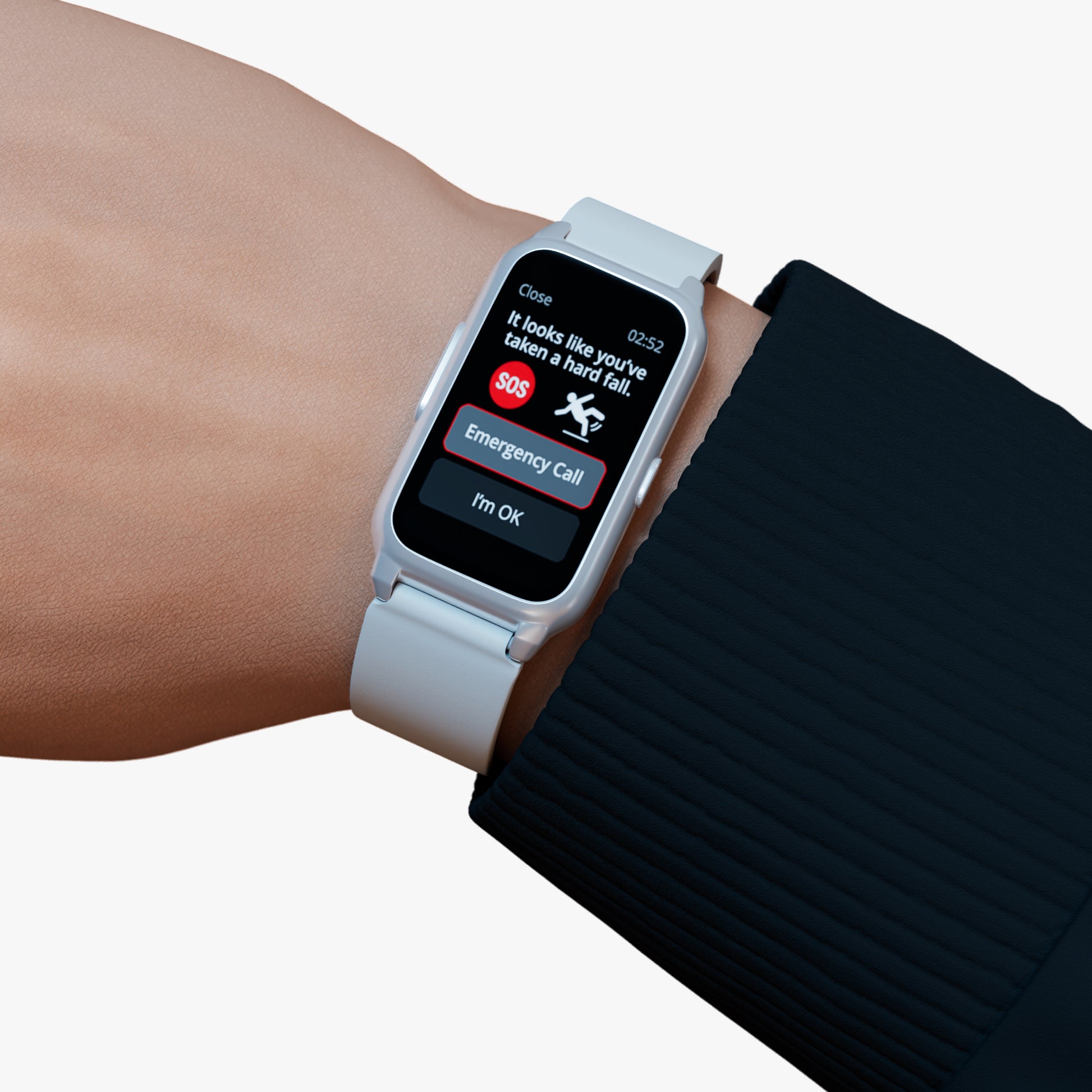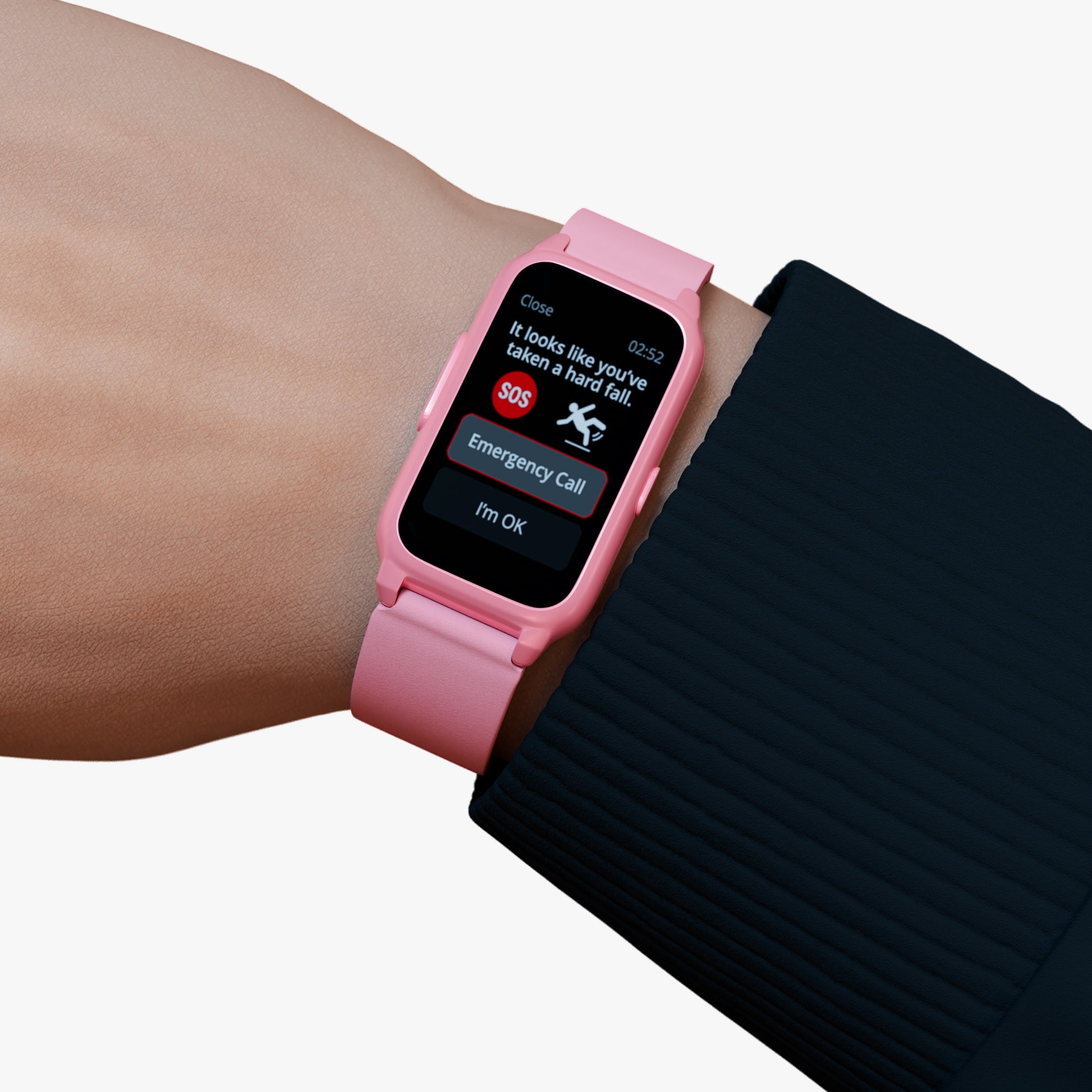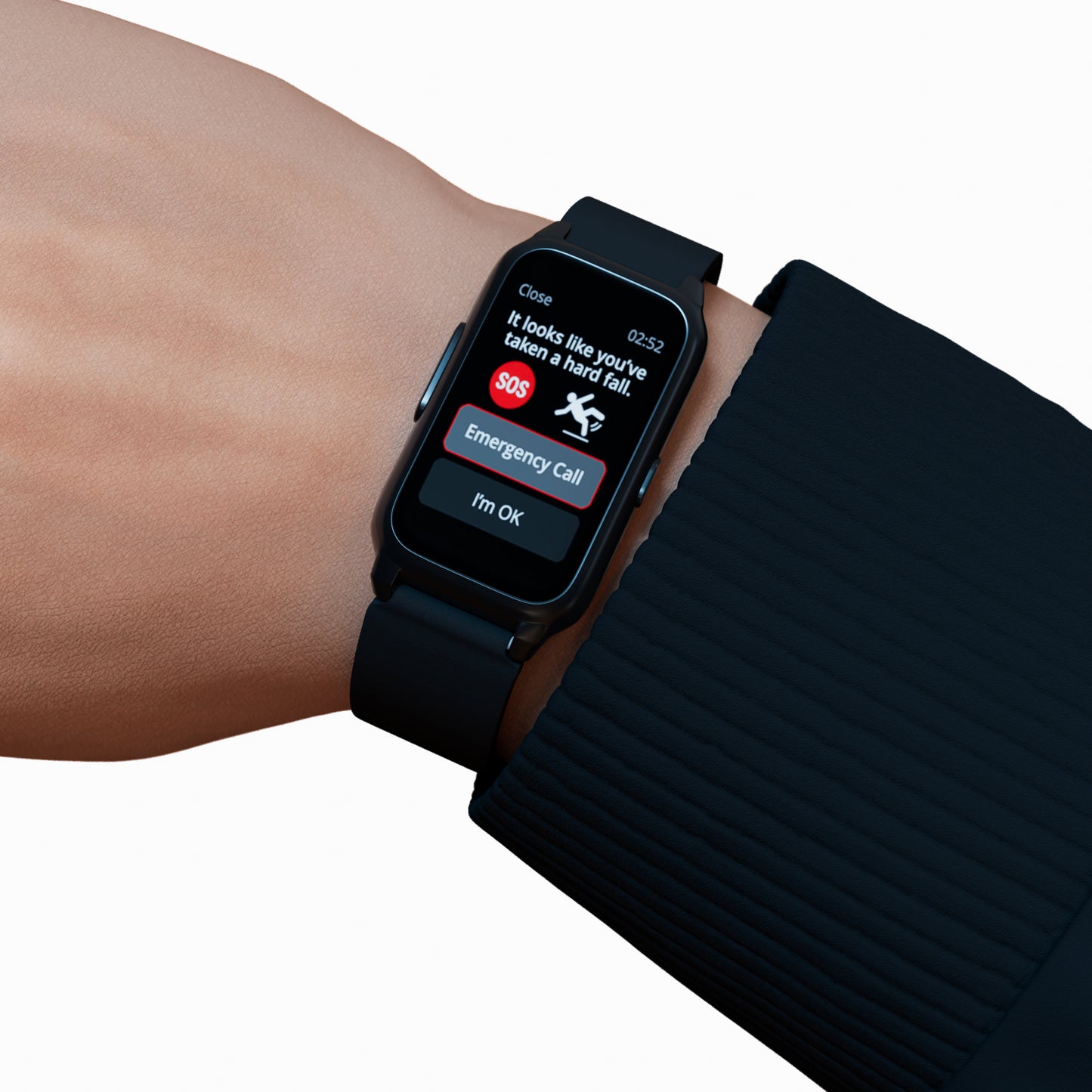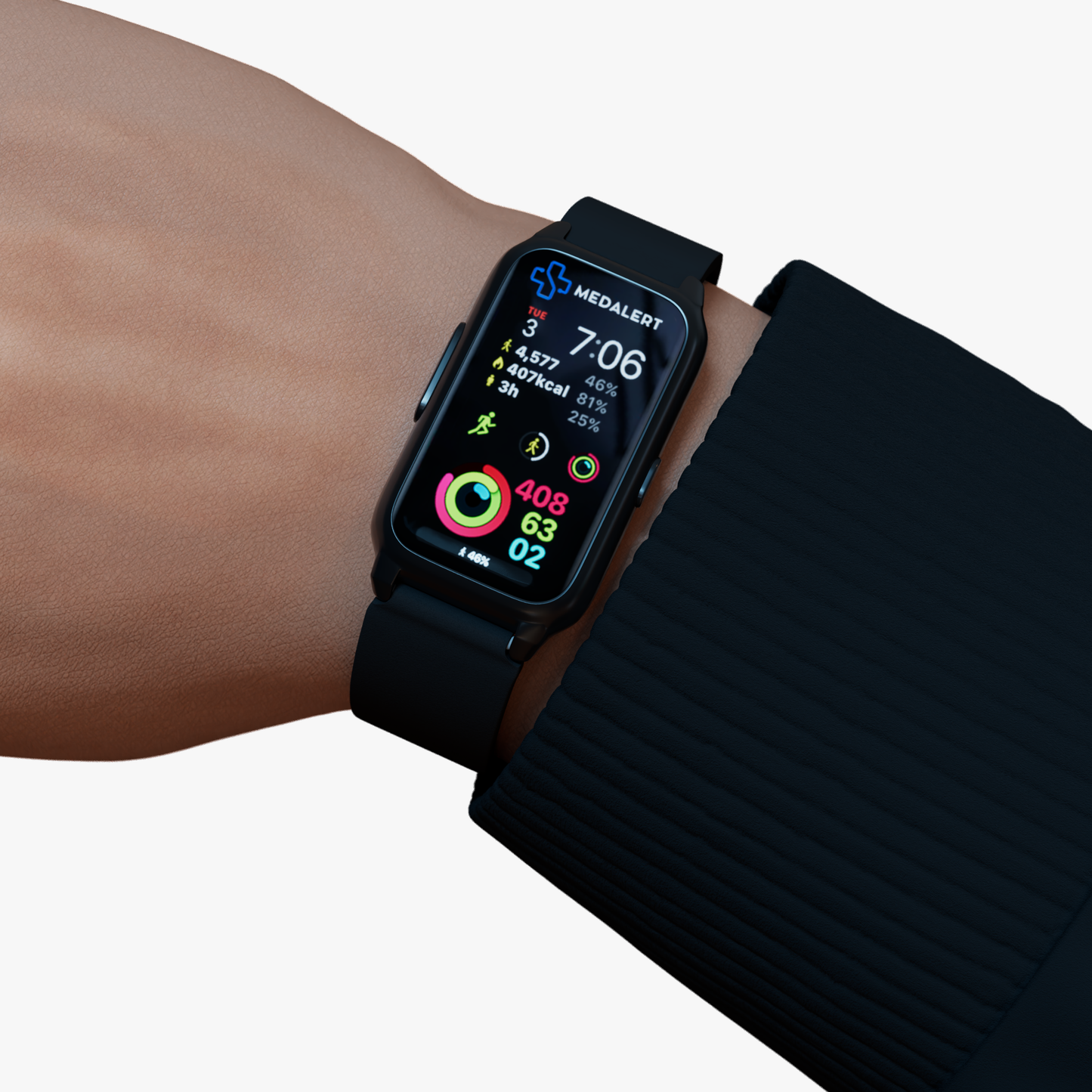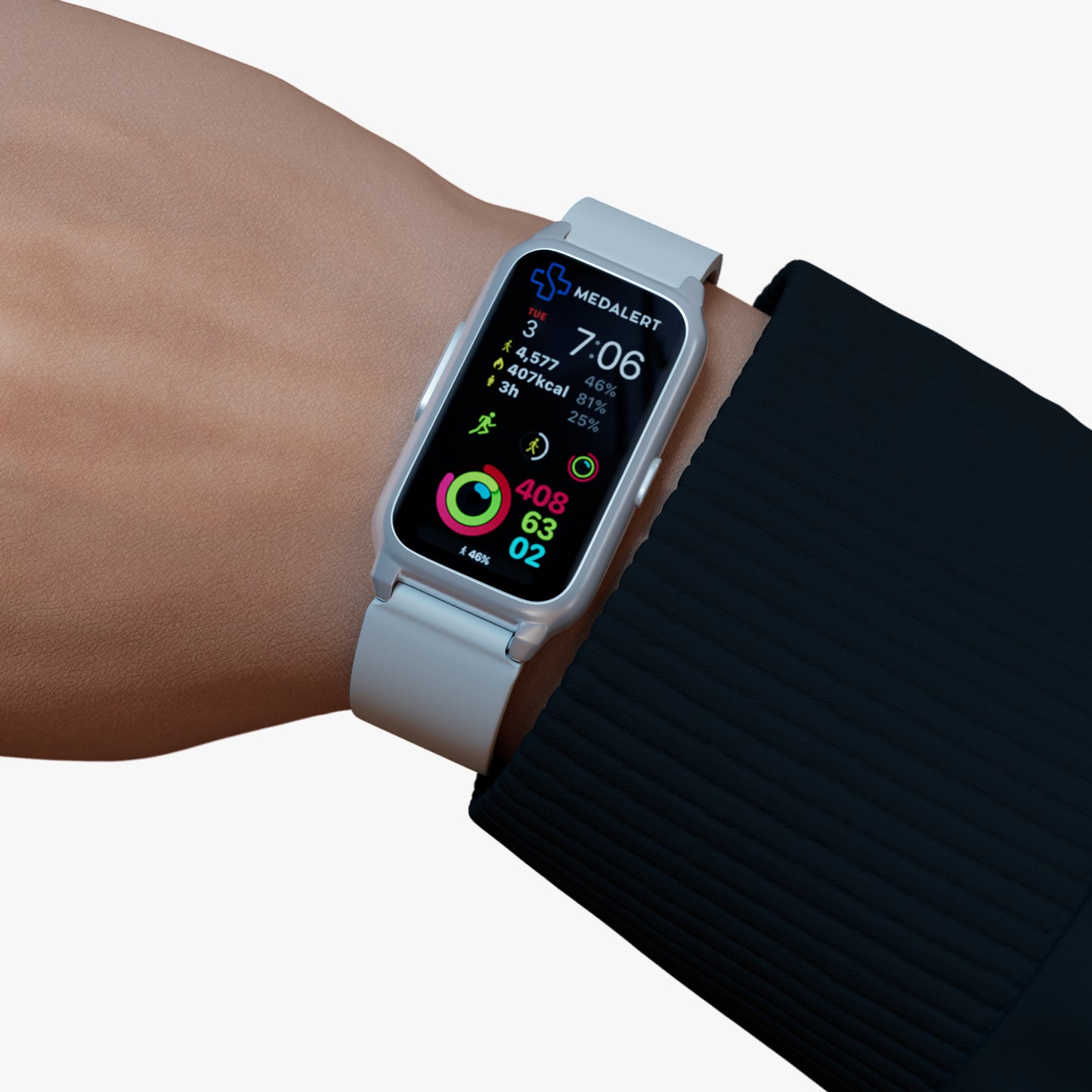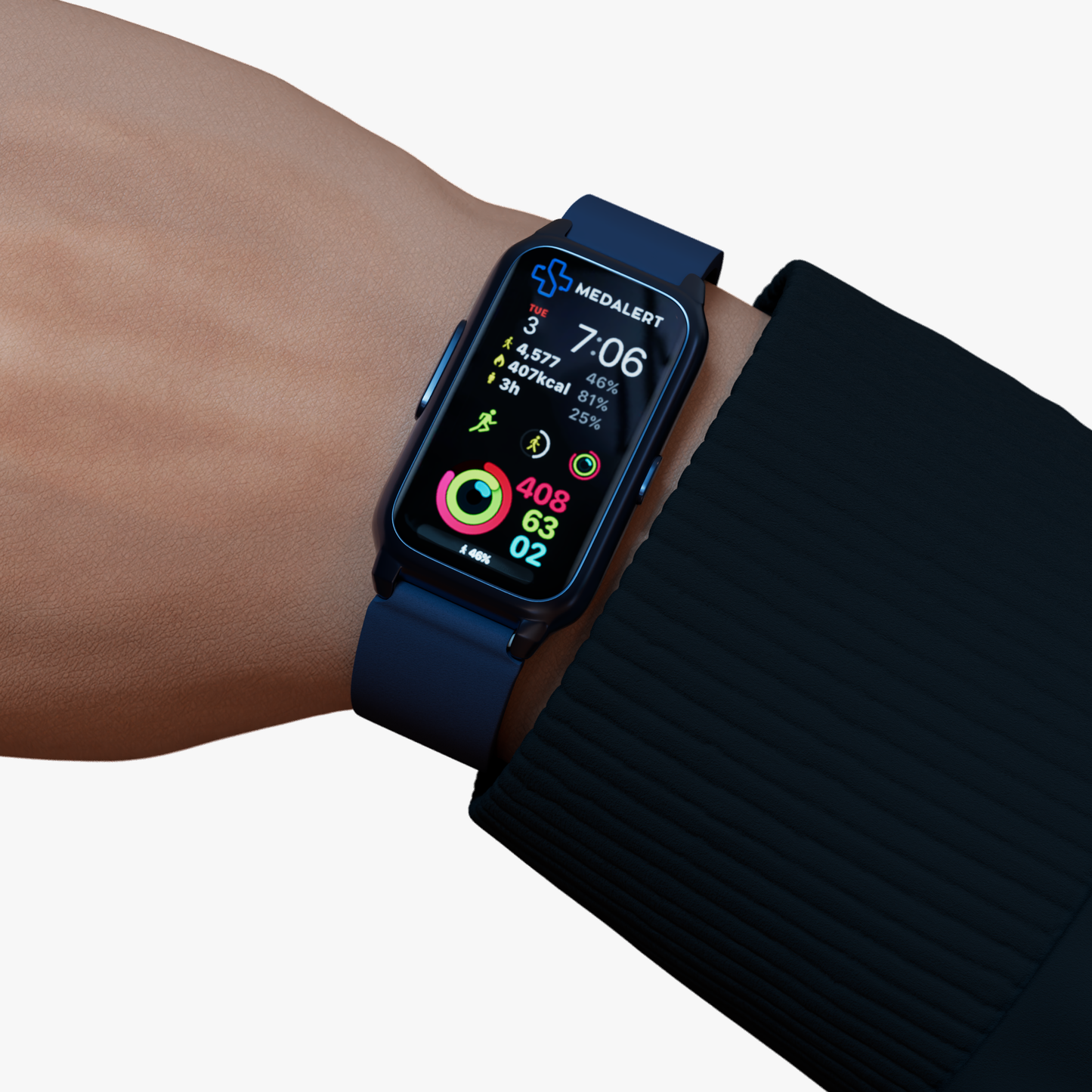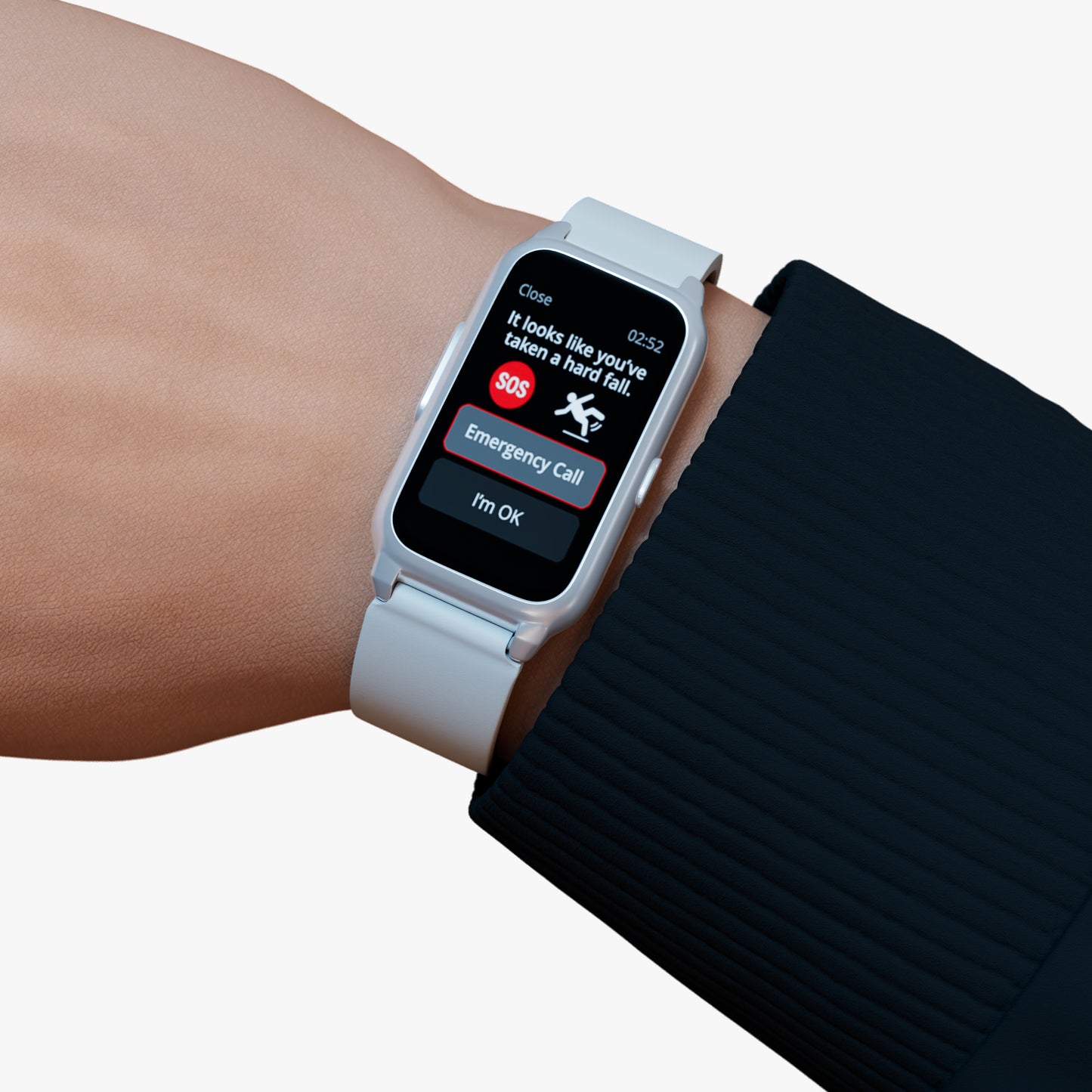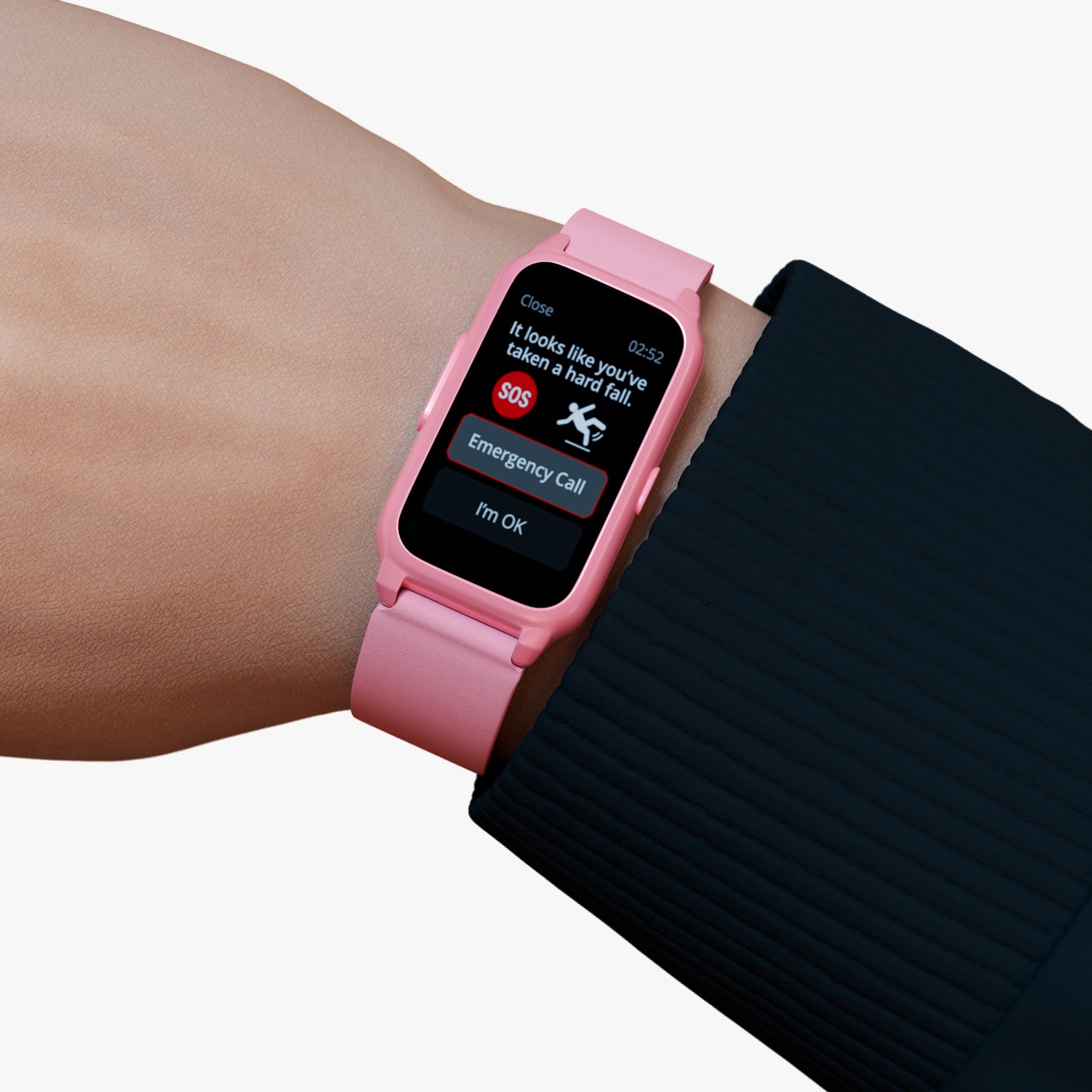In the journey of healthcare evolution, medical alarms have carved a significant niche, transforming from rudimentary hospital alerts to sophisticated personal safety systems like MedAlert. This transition reflects not merely a technological advancement but an enhancement in the quality and assurance of personal safety, particularly for seniors and individuals with disabilities. The story of medical alarms is one of innovation, adaptation, and the relentless pursuit of bettering human lives.
In the intricate ballet of life, where each move determines a subsequent step, there lies an undercurrent of safety nets, designed to catch us when we falter. One of the most overlooked yet critically important of these safety nets is the medical alarm.
Think about it: most safety devices are constantly active, from the airbags in your car to the helmet you wear while biking. But the medical alarm stays silent, resting in the background, waiting for that rare moment to spring into action. Its job is to be the guardian, the silent protector. It's the unsung hero of safety devices.
Now, the market for medical alarms is diverse, like a sprawling urban metropolis with each building representing a different kind of alarm. At one corner, there are the archaic structures - the rudimentary alarms used in hospitals. They're effective within their domain but limited in scope. Hospitals use these alarms to monitor patients' vitals, alerting staff when something goes awry. But take them out of this environment, and their utility diminishes.
Next, we have personal alarms that act solely when beckoned. Think of them as the one-trick ponies of the medical alarm world. They are purposeful and serve a singular function: a user presses a button, and help is summoned. They're the kind you'd find on a senior's wrist, ensuring that they can call for help if they find themselves in a precarious situation. But that’s where their capability starts and ends.
Then there's a segment of alarms that are chained to the boundaries of homes. They rely on home WiFi or a dedicated base station. While they might be slightly more sophisticated, offering features like fall detection, their reach is restricted. The safety they offer is tethered to the confines of one's residence. What about the garden? The neighborhood walk? Or the occasional grocery run?
Enter MedAlert. Imagine a device that's a combination of an avant-garde symphony and a rock concert, harmoniously melding the classic with the cutting edge. This isn’t just an alarm; it's an all-terrain guardian. It knows no boundaries, literally. With live GPS tracking, it keeps tabs whether you're in your living room or at the community park. The geofencing capabilities ensure you're notified if your loved ones move out of a designated safe zone. Its heartbeat is the heart rate sensor, continuously monitoring and ready to alert if something seems amiss. The contact sensor ensures the device is worn and the 7-day battery life means it's always ready, always vigilant. And if a situation arises? Two-way calling ensures communication is just a button press away. Its fall sensor doesn't just wait for a call for help, it preemptively alerts in case of accidents.
MedAlert doesn’t just blur the lines between the different types of medical alarms; it erases them. It’s comprehensive and anticipates needs before they become apparent.
But let’s pause and think about the gravity of the choice one makes while selecting such a device. We make countless decisions daily, some trivial and some consequential. Choosing a medical alarm falls into the latter category. It’s akin to buying insurance. You purchase it with the hope that you'll never have to use it. But if the situation demands, the last thing you'd want is for it to falter. This isn't just about choosing a feature-rich device, but about ensuring peace of mind. It’s about knowing that in that critical juncture, the silent symphony in the background will play its crescendo, loud and clear.
Here we discuss the different iterations of medical devices over the years into where we are today with 10 year old technology still being sold today!
The Initial Phase: Hospital Alarms
The tale begins in the hustle and bustle of hospital corridors where medical alarms had a singular yet crucial role - to notify. They signalled a myriad of critical situations, from a patient's irregular heartbeat to a completed X-ray scan, or a call for a nurse. Their core offerings were:
- Immediate notification to the medical staff,
- A layer of safety and constant monitoring,
- Assurance to the patient of continual oversight.
However, as the wheel of technology spun forward, the capacity for alarms to function beyond the hospital walls became apparent.
The Transition: Button-based Personal Alarms
The emergence of personal medical alarms marked a significant milestone, extending a lifeline to seniors, especially those living alone. These devices, typically worn around the neck or wrist, featured a button for users to press during emergencies. While revolutionary, these alarms had their drawbacks:
- Dependency on the user's ability to press the button,
- Absence of automated features,
- Limited use within a specific radius around the home.
The WiFi-Dependent Era
The advent of WiFi-dependent medical alarms aimed to push the boundaries further. They brought with them additional features like fall detection, yet their reliance on a home-based internet connection posed limitations:
- Non-portability due to a required base station,
- Loss of functionality during power outages,
- Dependence on reliable internet connectivity.
The Advent of MedAlert: Bridging Gaps
MedAlert emerged as a beacon of advancement, addressing many of the preceding models' limitations. More than just an alarm, MedAlert epitomizes a holistic personal safety system. The features it boasts include:
- Live GPS Tracking: Real-time location tracking to keep caregivers informed.
- Geofencing Capabilities: Defining safe zones and notifying if the wearer exits these zones.
- Heart Rate Monitor: Continuous, non-intrusive monitoring of the wearer's heart rate.
- Longevity in Power: A robust battery lasting up to 7 days to ensure constant operation.
- Contact Sensor: Detecting if the device is worn, thus ensuring it's in use.
- 2-Way Calling: A feature facilitating direct voice conversations besides sending alerts.
-
Automatic Fall Detection: Preemptive alerting in case of falls without manual intervention.
A New Paradigm: MedAlert's Promising Landscape
MedAlert stands as a testament to what modern technology can achieve when channeled towards personal safety. Unlike its predecessors, MedAlert offers an all-encompassing safety net, keeping tabs whether you're indoors or on a stroll in the community park. It's not just about pressing a button or triggering an alarm; it's about real-time data, geographical safety, health monitoring, and immediate communication, cultivating an essence of peace of mind.
The gravity of choosing a medical alarm is akin to buying insurance—a decision made in hope never to use it, yet when the situation calls, it should perform impeccably. MedAlert doesn’t just blur the lines between different types of medical alarms; it erases them. It’s comprehensive, anticipates needs before they become apparent, and places a user's well-being at the core of its design.
Conclusion
In the modern, fast-paced world where technology continually evolves, being discerning consumers is imperative. MedAlert is a shining example of a “purple cow” in the realm of medical alarms, offering not just more, but doing it better, efficiently, with reliability, consistency, and peace of mind as its cornerstone. When it comes to safeguarding lives, good enough just isn’t enough. MedAlert not only ticks the essential boxes but crafts a new paradigm in personal safety. In the vast, bustling cityscape of medical alarms, choosing wisely means choosing MedAlert, a choice not merely about features but a promise of comprehensive safety.


